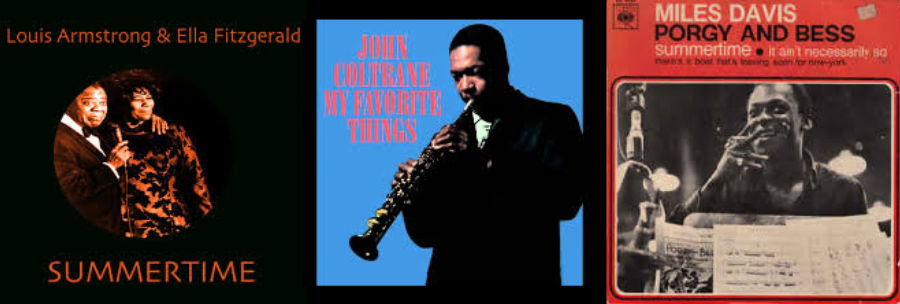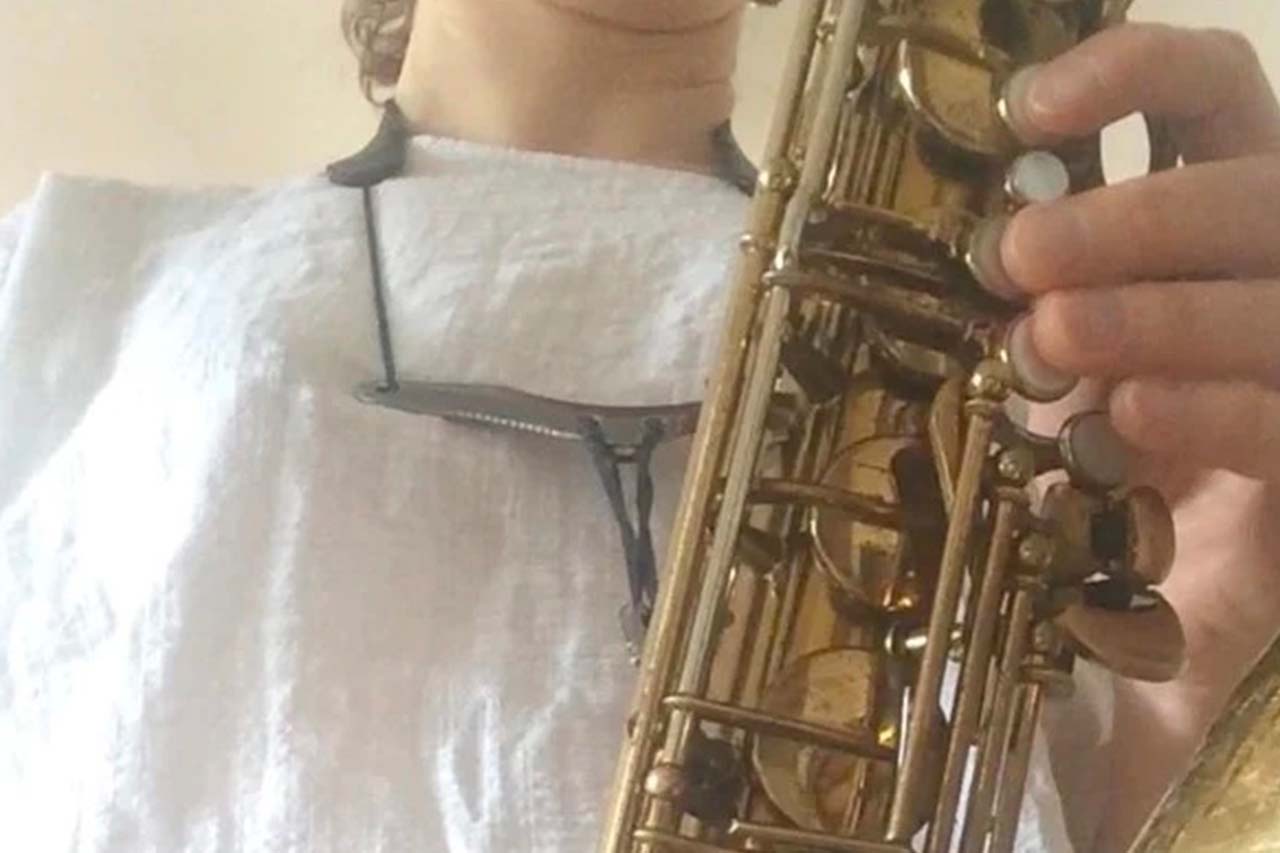One of the key elements to learning a tune is understanding it. This understanding can be approached in two steps:
- First, through a focused and comparative listening, aiming to comprehend the musical identity and shape of the tune
- Secondly, through analysis which allows us to put names to the musical ideas, in order to structure them
Listening work
One of the first steps when approaching a tune is to listen to it over and over again, diving into the parts played by each musician, their role, understanding as well the overarching structure (number of themes, solos organisation, etc...).
It is also interesting to look for different versions of the same tune, in order to understand the possibilities or similarities.
For example, listen to "Summertime" by Ella Fitzgerald with Louis Armstrong, then by John Coltrane, and then by Miles Davis. Pay attention to the differences in interpretation and to the freedom within the arrangement.

“if you can sing it, you can play it”
For instrumentalists, singing a melody is very useful to distance yourself from muscle memory and work with the musical memory. You can also try to sing the different voicings within the harmony, to hear the chord changes and what exactly creates the tensions and the resolutions.

This might sound obvious, but it will always be easier to memorize a tune you like, no matter its complexity.
Analysis work
Regardless of your instrument, you must give equal importance to both the melody and the harmony. How does the harmony marry with the melody? What does the melody bring to the changes? How are they both interacting?
Moreover, a focused study of the chord functions can allow you to memorize their structure. From there, you can already pick out the dominant chords, or V chords, that create tension, often preceded by a II chord.

In this example, the V chords have been written in orange, and the II V I's have been framed.
Here is how I could memorize this tune:
AbMaj7 then a II V I in Fm (relative minor of Ab). Chromaticism (F > E > Eb) towards a II V I in Db major. Then a succession of II V's starting on a Db minor, until Eb7 (or V) and then III VI II V, going back to I on top.
It is very useful to cut chord changes into several chunks. That way, you will be able to memorize each of them within its musical idea.
Here we would have 3 chunks of 4 bars:
- Tonic I then two (II V I) connected by a descending half step, leading to IV
- IV then chromatic (II V)'s starting from IV minor
- (II V) --- (III VI II V)
This summary might seem abstract, but if you keep it in mind while playing it will bring a little comfort, especially during solos.
How to work on harmony?
For solist instruments, an interesting approach is to work on arpeggiating the chords.
Saxophonist Chad Lefkowitz-Brown explains, during a masterclass he did at Syos (July 2019), how he works on chord changes.
For harmonic instruments, you can try to look for different voicings, to descretely alter make the chord changes.
The more ways we understand these chord changes, the clearer they will become, and the better we can memorize them.
What about you?
Here were some techniques to can help you memorize some new (or old) tunes.
Don't hesitate to share your own methods and tips in the comment section below, or to ask questions if needed!













